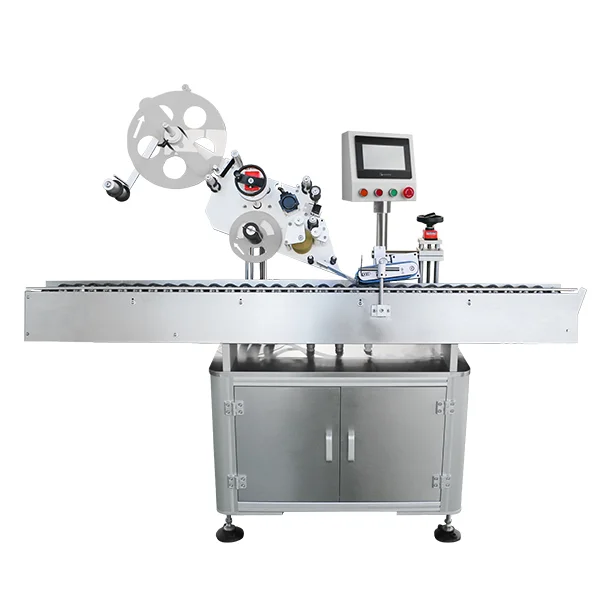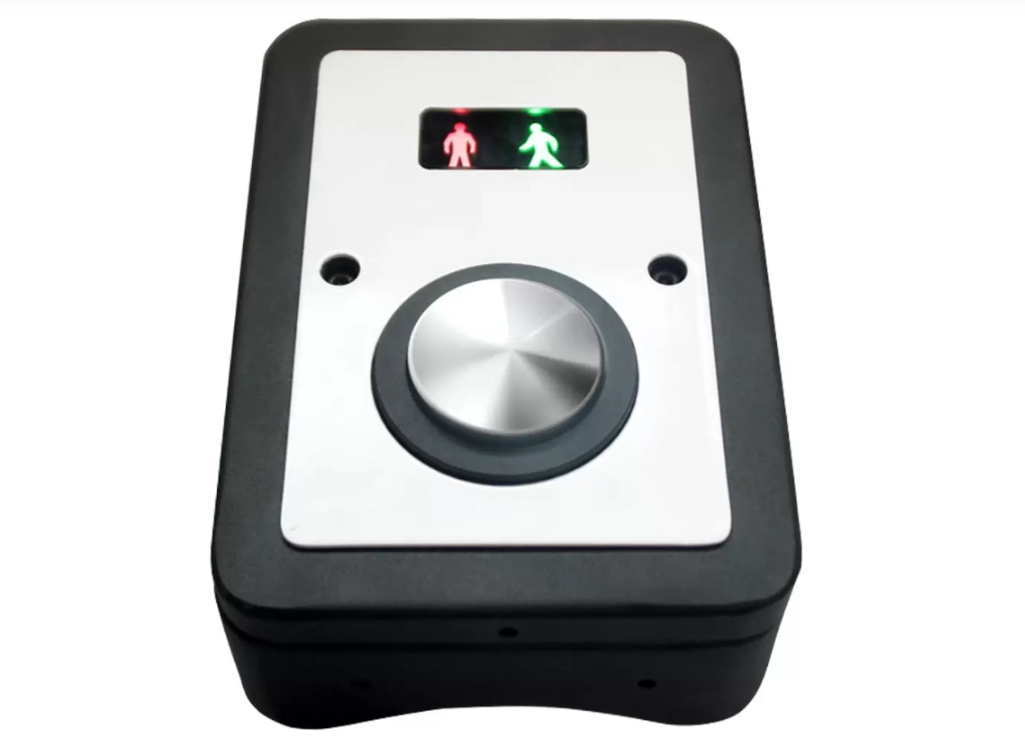In the realm of transportation, the quest for speed has always captivated human imagination. From land to air and even water, engineers and innovators have pushed the boundaries of technology to create vehicles that defy the limits of velocity. In this blog post, we delve into the world of speed and explore the fastest vehicle ever created. Join us on this exhilarating journey as we uncover the epitome of velocity and engineering prowess.
- The Land Speed Record:
When it comes to land-based vehicles, the title of the fastest belongs to the Thrust SSC (SuperSonic Car). On October 15, 1997, in the Black Rock Desert, Nevada, this remarkable machine achieved a mind-boggling speed of 763.035 mph (1,227.986 km/h). Powered by two Rolls-Royce Spey turbofan engines, the Thrust SSC became the first car to break the sound barrier, setting a record that remains unchallenged to this day. - The Air Speed Record:
Taking to the skies, the fastest vehicle ever created is the X-15, a hypersonic rocket-powered aircraft. Developed by NASA and the U.S. Air Force, the X-15 reached a top speed of 4,520 mph (7,273 km/h) during its flights in the 1960s. Piloted by skilled astronauts, this marvel of engineering explored the boundaries of space and paved the way for future supersonic and hypersonic aircraft. - The Water Speed Record:
In the realm of water, the title of the fastest vehicle is held by the Spirit of Australia, an iconic hydroplane. On November 8, 1977, Ken Warby piloted this vessel to a staggering speed of 317.596 mph (511.11 km/h) on Blowering Dam in Australia. The Spirit of Australia remains unmatched in its category, showcasing the remarkable engineering required to conquer the water's surface. - The Future of Speed:
As technology advances, the pursuit of speed continues unabated. One promising contender for the fastest vehicle in the future is the Hyperloop. Proposed by Elon Musk, this transportation concept envisions a system of high-speed pods traveling through low-pressure tubes, potentially reaching speeds of up to 760 mph (1,220 km/h). With ongoing research and development, the Hyperloop holds the potential to revolutionize transportation and redefine our perception of speed.
Conclusion:
From land to air and water, the quest for speed has driven human innovation to unprecedented heights. The Thrust SSC, X-15, and Spirit of Australia represent the pinnacle of speed in their respective domains, showcasing the remarkable achievements of engineering and human ingenuity. As we look to the future, the Hyperloop promises to push the boundaries even further, offering the potential for even faster transportation. The pursuit of speed continues to captivate our imagination, driving us to explore new frontiers and redefine what is possible in the world of transportation.





+ There are no comments
Add yours